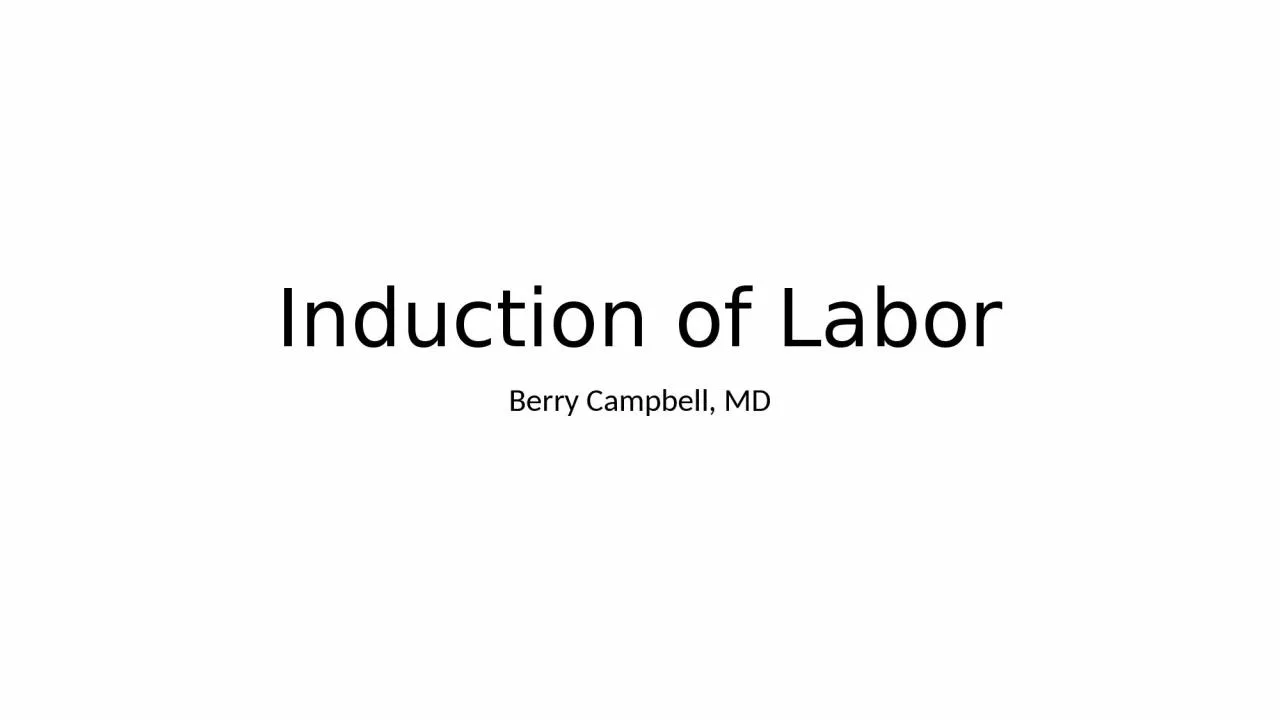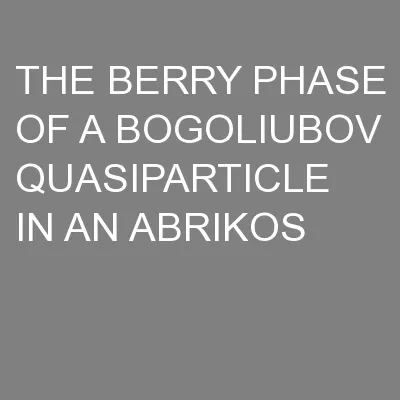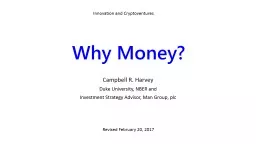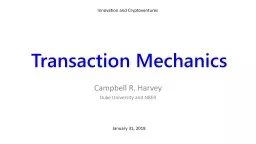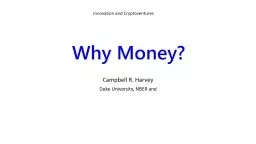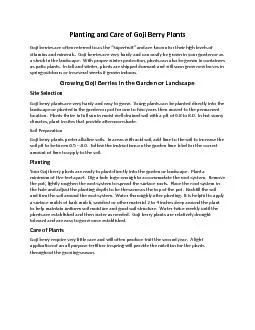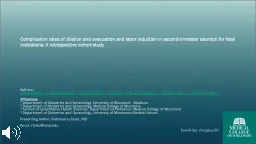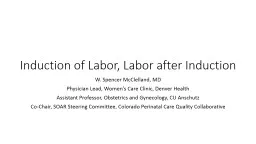PPT-Induction of Labor Berry Campbell, MD
Author : patricia | Published Date : 2024-01-29
Induction of Labor Goal achieve a vaginal delivery by inducing contractions before spontaneous onset of labor When 39 weeks OR when medically indicated preeclampsia
Presentation Embed Code
Download Presentation
Download Presentation The PPT/PDF document "Induction of Labor Berry Campbell, MD" is the property of its rightful owner. Permission is granted to download and print the materials on this website for personal, non-commercial use only, and to display it on your personal computer provided you do not modify the materials and that you retain all copyright notices contained in the materials. By downloading content from our website, you accept the terms of this agreement.
Induction of Labor Berry Campbell, MD: Transcript
Download Rules Of Document
"Induction of Labor Berry Campbell, MD"The content belongs to its owner. You may download and print it for personal use, without modification, and keep all copyright notices. By downloading, you agree to these terms.
Related Documents

